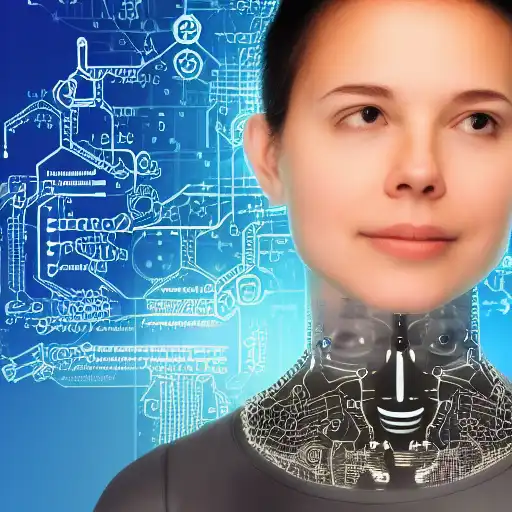
August 23rd, 2023
Welcome back to our Advanced Machine Learning series! In this blog post, we'll dive into the empowering domain of Transfer Learning, where AI systems leverage their knowledge from one task to improve performance on another.
The Intuition behind Transfer Learning
Transfer Learning stems from the idea that knowledge gained from solving one task can be transferred and reused to tackle a related but different task more efficiently. Instead of starting from scratch, Transfer Learning empowers AI models to rapidly adapt and learn new tasks with limited data.
Key Techniques in Transfer Learning
- Pre-trained Models: Pre-trained models are neural networks that have been trained on large-scale datasets for specific tasks, such as image classification or natural language processing. These models have learned to extract useful features and patterns from the data.
- Fine-Tuning: Fine-tuning involves taking a pre-trained model and adapting it to a new task or domain by updating the model's parameters using data from the new task. Fine-tuning helps the model specialize in the new task while retaining the knowledge gained from the pre-training.
- Feature Extraction: Another approach to Transfer Learning is feature extraction, where the pre-trained model's early layers are used as feature extractors for the new task. The extracted features are then fed into a new classifier for the target task.
Applications of Transfer Learning
Transfer Learning finds applications in various domains, including:
- Computer Vision: Pre-trained models like VGG, ResNet, and Inception have accelerated progress in image classification, object detection, and segmentation tasks.
- Natural Language Processing: Transfer Learning has revolutionized NLP tasks like sentiment analysis, text classification, and machine translation using pre-trained language models like BERT and GPT.
- Healthcare: AI models trained on large medical datasets can be fine-tuned for specific medical imaging or diagnostic tasks, improving patient care and diagnostics.
- Autonomous Vehicles: Transfer Learning helps autonomous vehicles adapt to different road conditions and environments, enhancing safety and performance.
Implementing Transfer Learning with Julia and Flux.jl
Let's explore how to implement Transfer Learning using a pre-trained ResNet model for a new image classification task with Julia and Flux.jl.
# Load required packages using Flux using Flux: onehotbatch, crossentropy, ResNet # Load pre-trained ResNet model pretrained_model = ResNet() pretrained_model = load_pretrained_model(pretrained_model) # Define the new task-specific layers task_specific_layers = Chain(Dense(512, 256, relu), Dense(256, n_classes)) # Combine the pre-trained model and task-specific layers model = Chain(pretrained_model, task_specific_layers) # Define the loss function loss(x, y) = crossentropy(model(x), y) # Fine-tune the model on the new dataset Flux.train!(loss, params(model), new_dataset, optimizer)
Conclusion
Transfer Learning empowers AI systems to leverage knowledge across domains and tasks, accelerating learning and adaptation. In this blog post, we've explored pre-trained models, fine-tuning, and feature extraction, all of which have transformed computer vision, natural language processing, healthcare, and autonomous vehicles.
In the next blog post, we'll venture into the realm of Multi-Task Learning, where AI models learn to perform multiple tasks simultaneously, enhancing generalization and efficiency. Stay tuned for more exciting content on our Advanced Machine Learning journey!